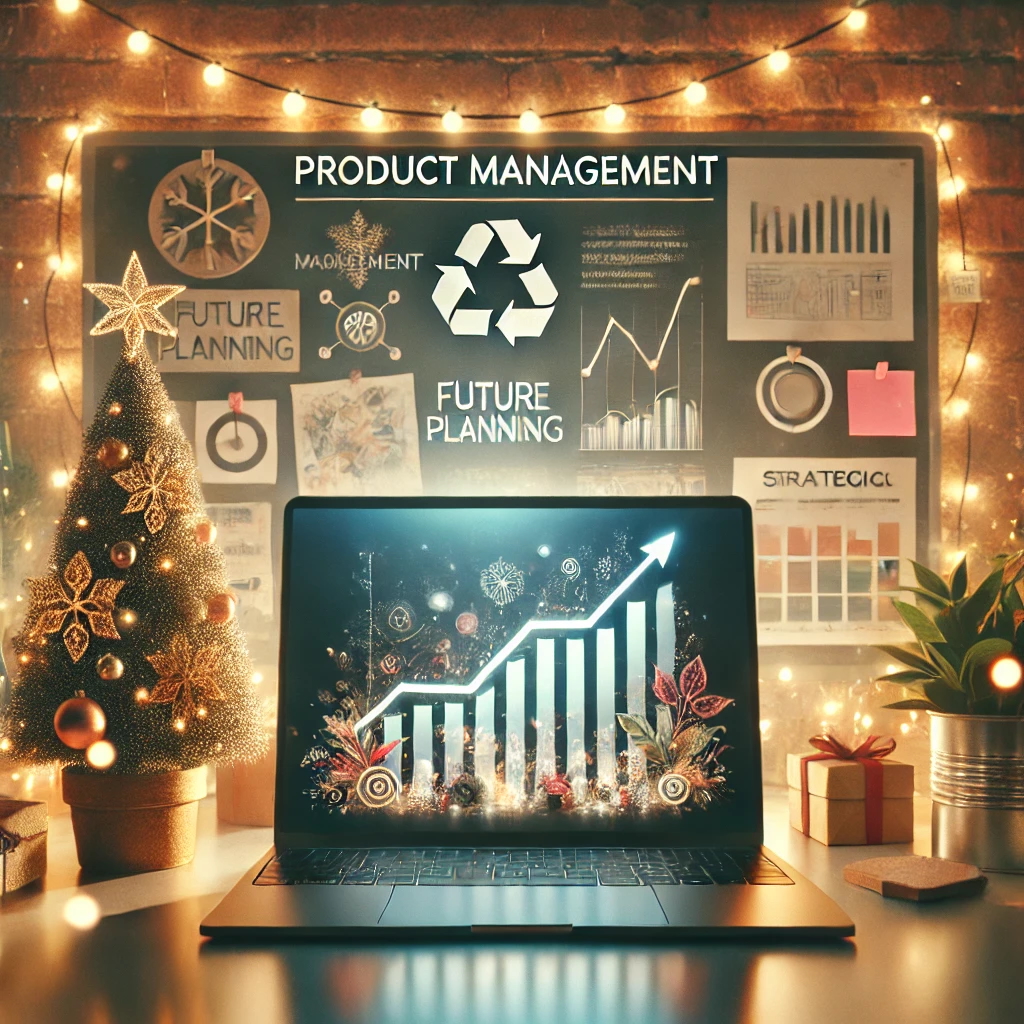
I finished reading "TRANSFORMED: Moving to the Product Operating Model" by Marty Cagan. This is not my usual a few thousand-word review—rather, it is a few aftermath thoughts.
You, as a reader, need to set the right expectations. If you read "INSPIRED" and "EMPOWERED," plus follow the SVPG (Silicon Valley Product Group) blog and watch Marty's interviews (which is my case), then you will find nothing new here.
This book is a logical continuation of Marty Cagan's previous works, focusing on organizational transformation. It streamlines the recent SVPG narrative into a single digestible source, empowering you with comprehensive knowledge.
With all that in mind, I consider "TRANSFORMED" a worthwhile and valuable reading.
If you are not familiar with Caganverse, I can still recommend it. However, you must read the previous books to get the complete picture. It touches on many topics that were explained before but without self-quotation. So this is an excellent point at which to start the journey.
I need to mention a shitty feeling you might have after reading those books:
- "INSPIRED" trials, whether I am doing product manager work or a masked backlog administrator.
- "EMPOWERED" makes you question your product leadership and whether you can become such a product leader.
- "TRANSFORMED" questions the integrity of your organization and its capability to undergo such a transformation
I am convinced that triggering those feelings is intentional. I reflect a lot while reading, so it takes me longer to complete these books.
The "Product Operating Model" is a set of principles, not a framework or guideline, to transform your organization into something more innovative in shiny armor. That book is also for product coaches and others interested in the org-level transformation by:
- Changing how you build
- Changing how you solve problems
- Changing how you decide which problems
These 3 points are enough to characterize the model and the book.
I like the transformation stories, especially ones told by people who participated in them, and the chapter about overcoming objections from different parties. While reading, I was also trying to put myself into an executive shoes who wants to transform a large enterprise. The author says it is a tough endeavor where external help is needed.
Is this book an advertisement for the SVPG consultant services? No, it is not.
It is a tool to popularize the Product Operating Model, a form of evangelism to encourage organizations to change their ways of creating valuable and commercially successful products. No certification is required to start applying those principles.
Only time will tell whether that model will spread around the world and scale, changing the way products are designed, developed, and delivered. Meanwhile, enjoy the book!




